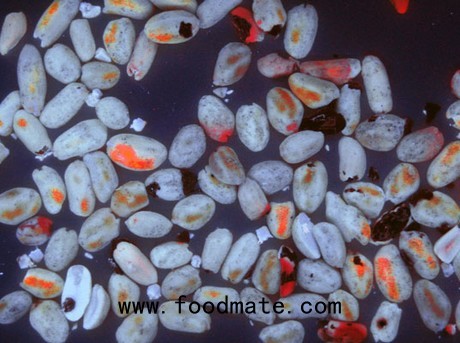
Although there are many causes of liver cancer, most are avoidable, with lifestyle choices such as smoking and drinking alcohol being key contributors. However, one of the leading factors is contaminated food, which – although technically avoidable – often cannot be directly controlled by members of the public.
Aflatoxin – a toxic natural substance produced by fungus and mold found in certain foods – is an ongoing threat to the global population. The toxin can be found in a number of food types but is most commonly found in grains such as rice and corn, soybeans, certain cooking oils, and nuts – particularly peanuts and has been shown to increase the risk of liver cancer by up to 66 percent.
To reduce the risk of this toxin, the company has collaborated closely with food manufacturers and processors to ensure food quality. Aflatoxin is not only a major health threat, but also a commercial and logistical issue for many food exporters. Grains and nuts exported from some countries, such as China, are frequently rejected by customs officers at international borders due to excessive aflatoxin levels.
This is further compounded by the differing restrictions on permitted levels in many zones, ranging from 2ug/kg in the EU to 20 ug/kg in the US. Worldwide, China accounts for 55 percent of all liver cancer cases, and it is thought that aflatoxin is a key contributor to this figure. The problem has also been encountered in Africa, in the maize value chain in Kenya and in the groundnut value chain in Mali, making it a truly global issue.
To enable food processors around the world to supply safe food and also conform with the strict food safety standards enforced by many importing countries, TOMRA developed their Detox laser.
The Detox laser utilizes a special optical design that can detect aflatoxin contamination. It works by identifying the extremely low intensity of light reflected by the aflatoxin mold and fungus in a variety of food types, from peanuts, almonds and hazelnuts to dried fruit, such as figs. Infected food can then be removed and eliminated from the production process, helping to ensure a compliant end product.
Answering the aflatoxin challenge
The Nimbus BSI free-fall laser sorting machine combines a number of technologies, including the Detox laser, to help reduce the threat of aflatoxin. The machine is capable of detecting all challenging and critical defects and foreign materials that are typical for these industries.
The result is the removal of food that is a threat to public health, as well as meeting increasingly high quality demands from consumers. This technology contributed to the Nimbus BSI being awarded the Innovation Award at the World Nut and Dried Fruit Congress.





